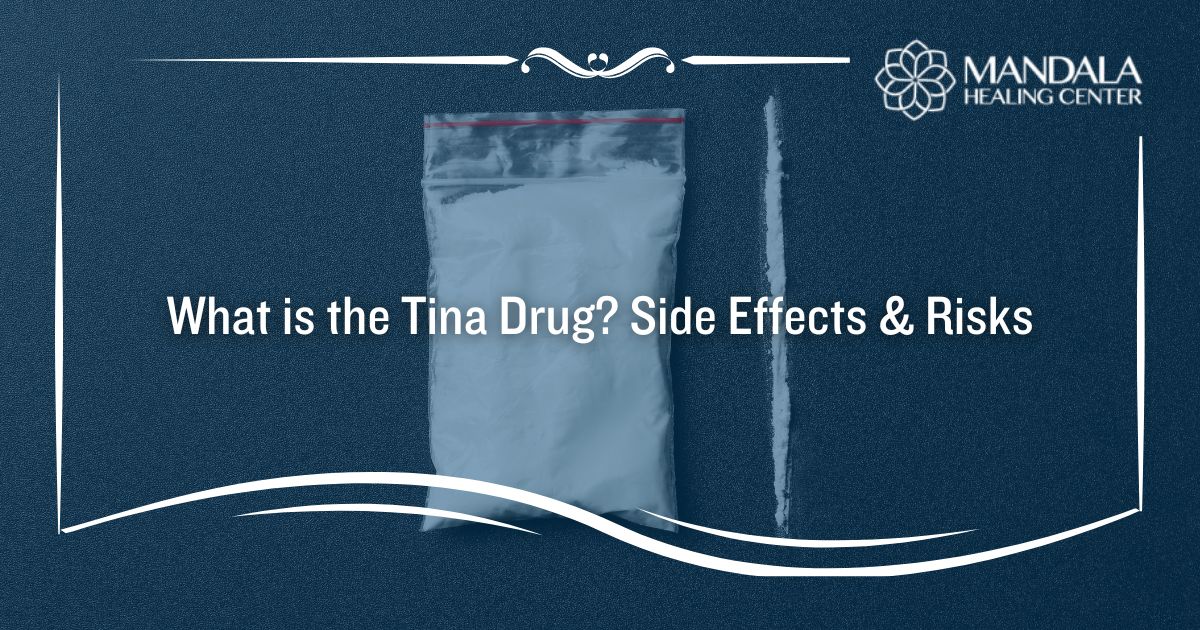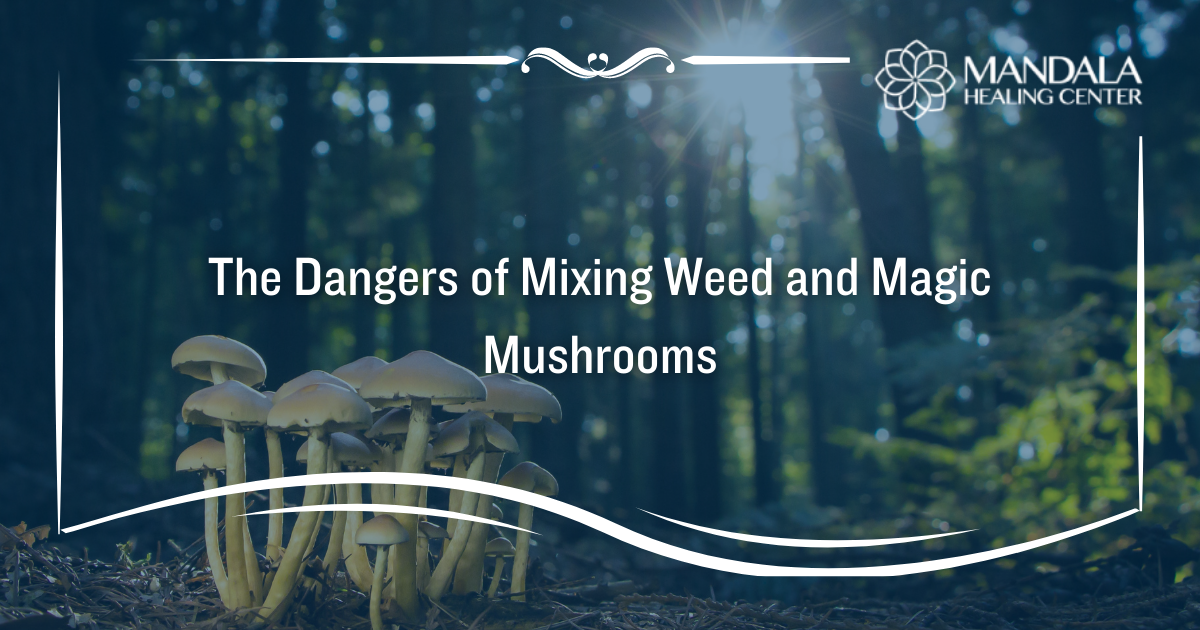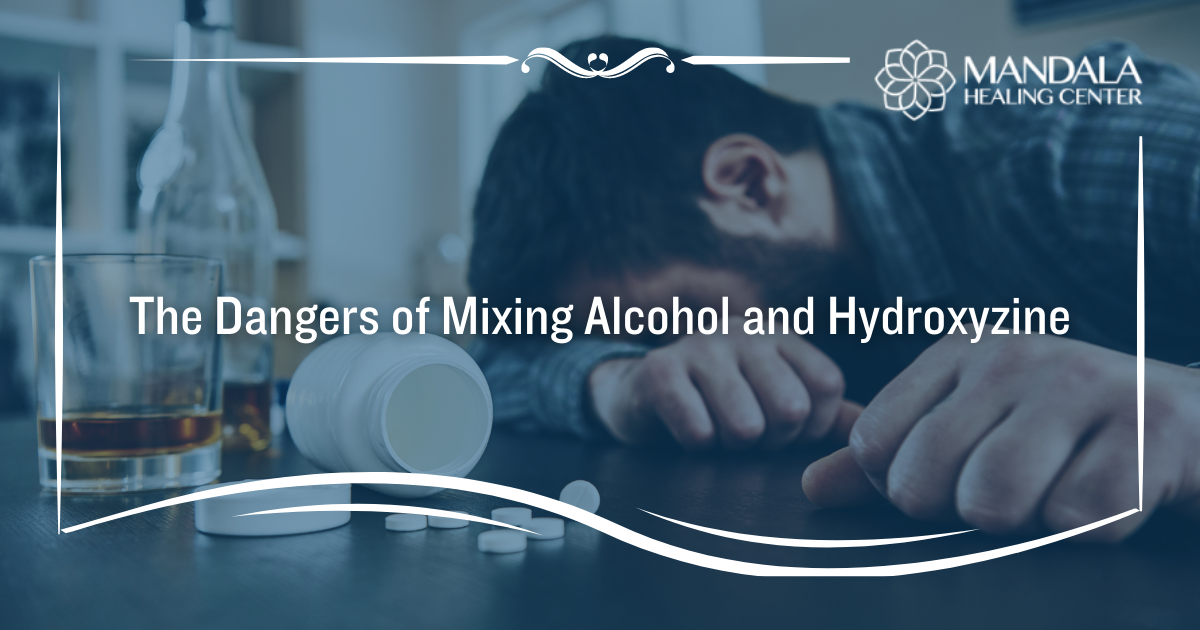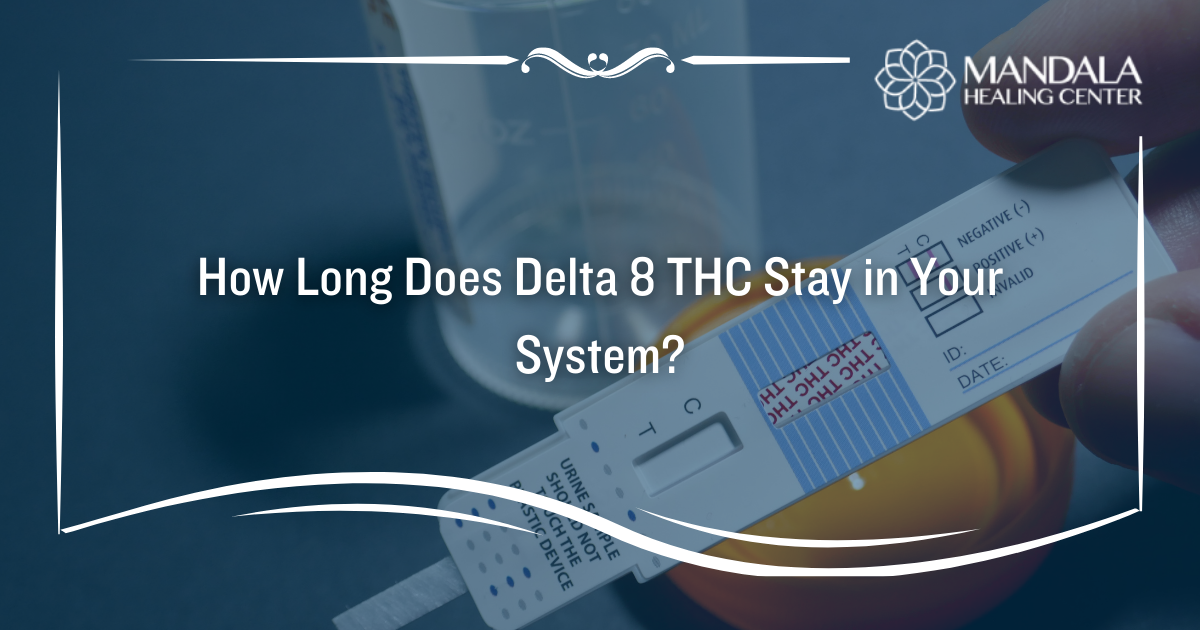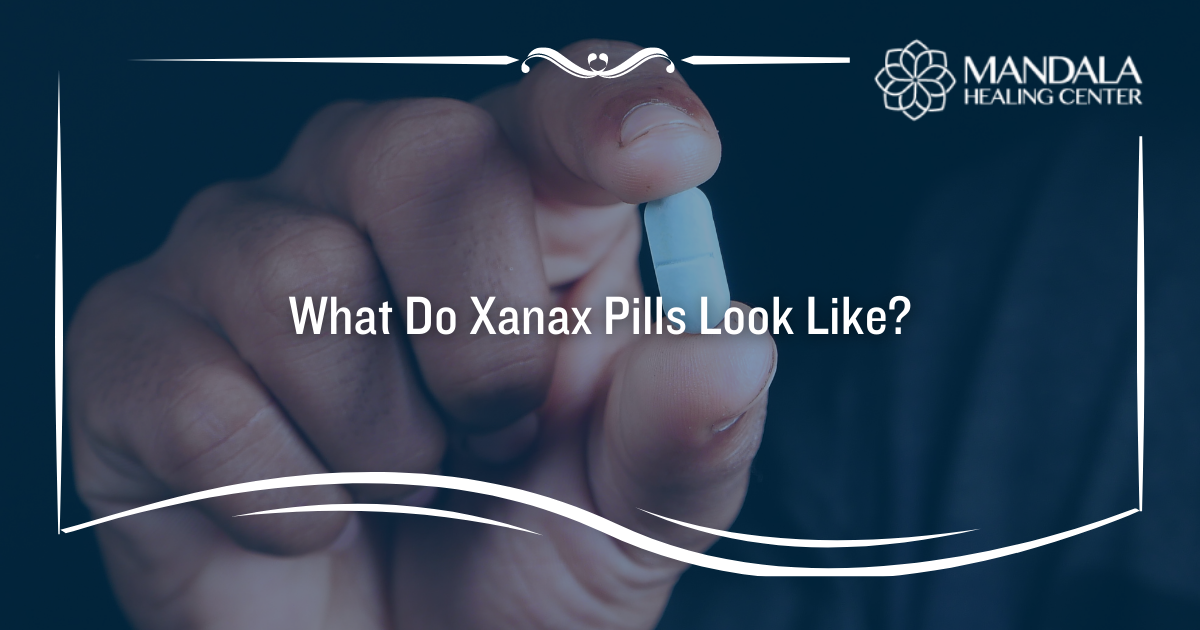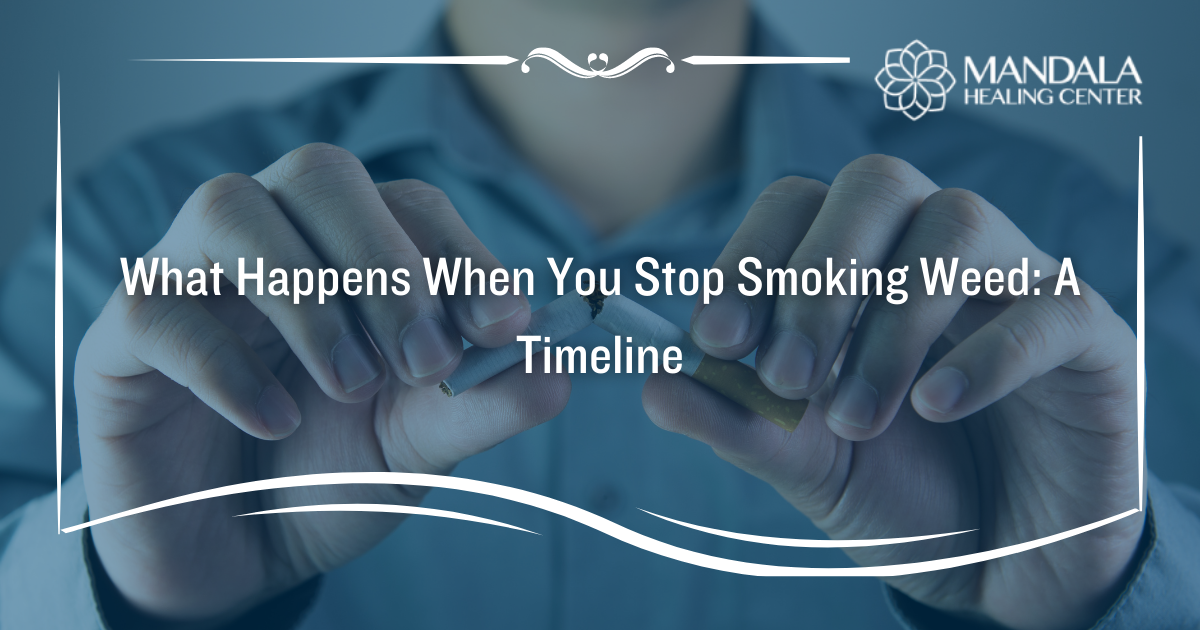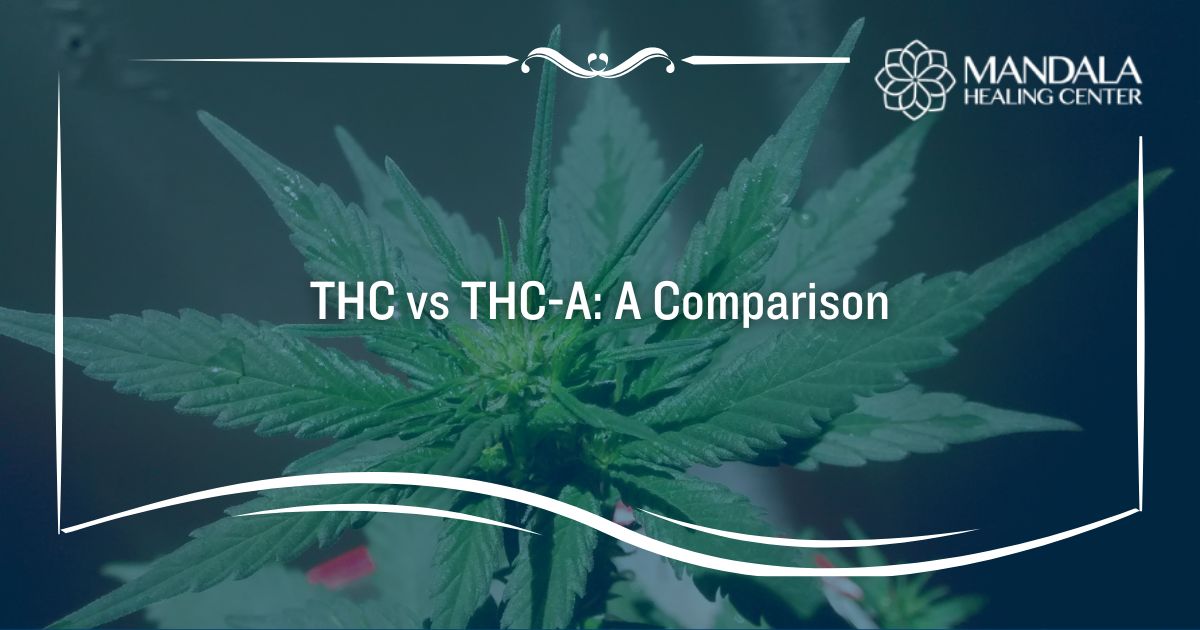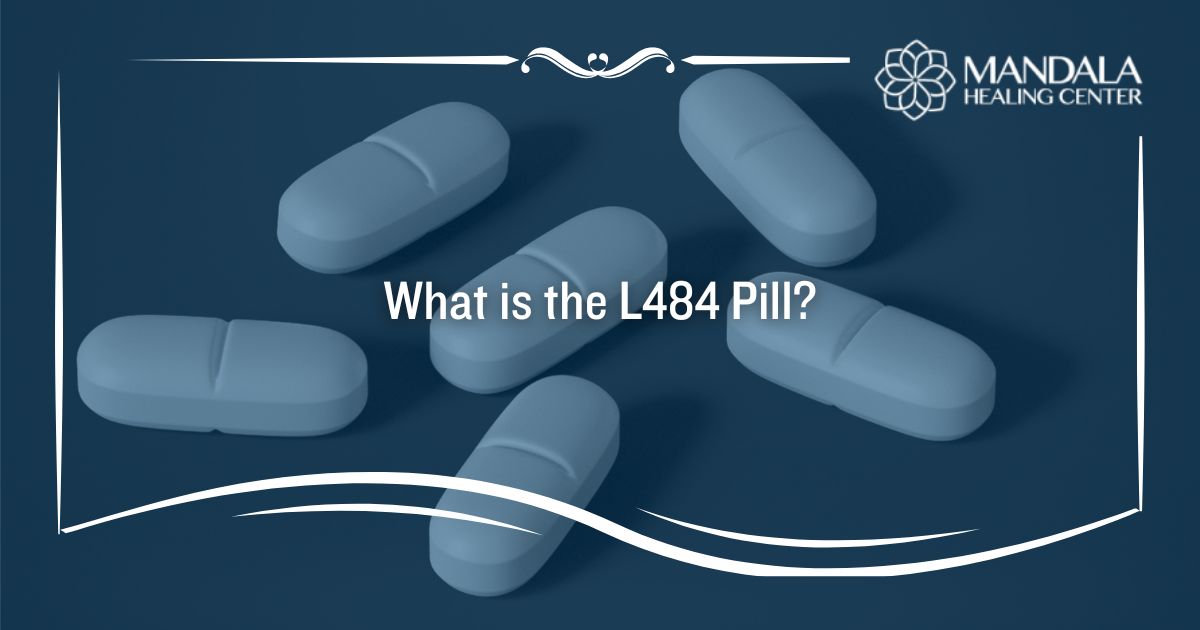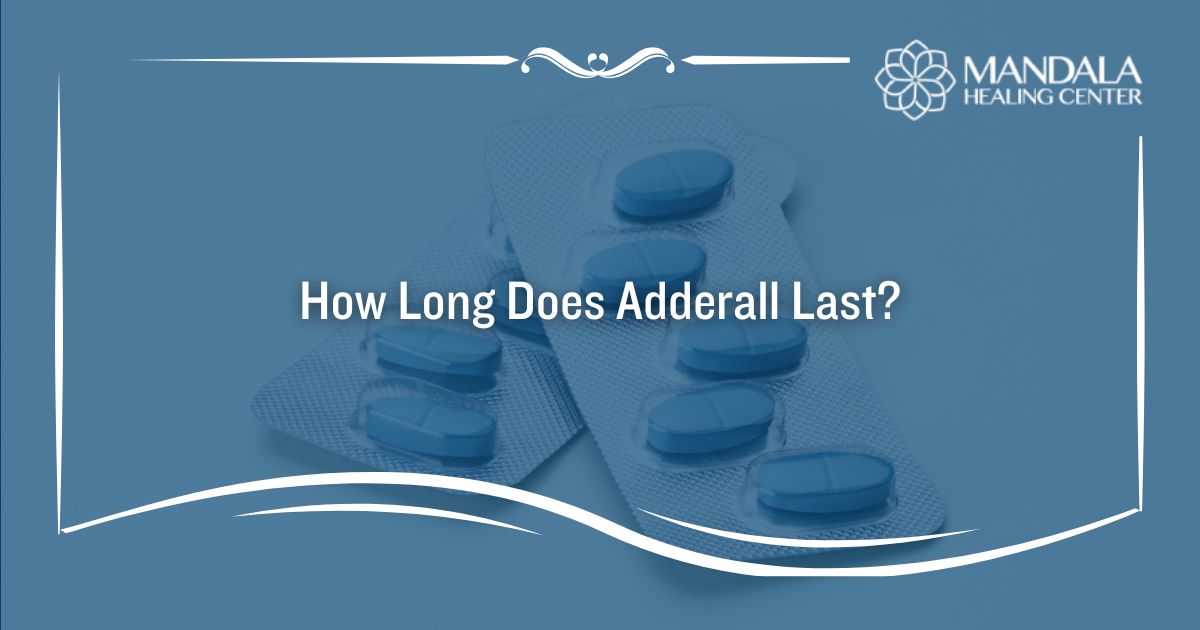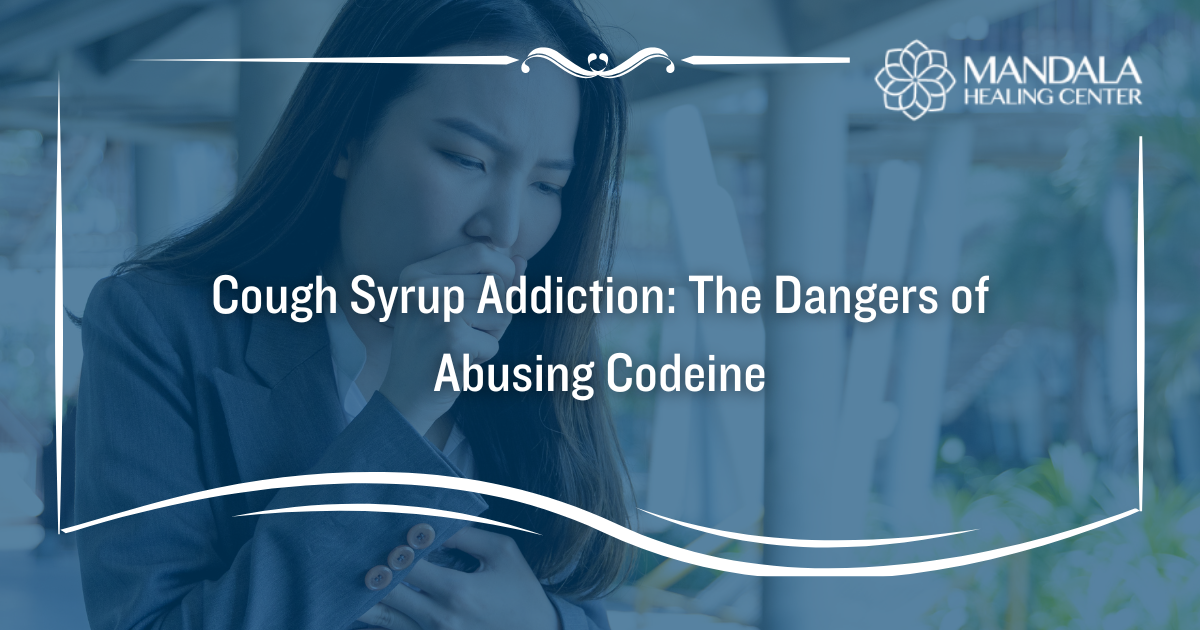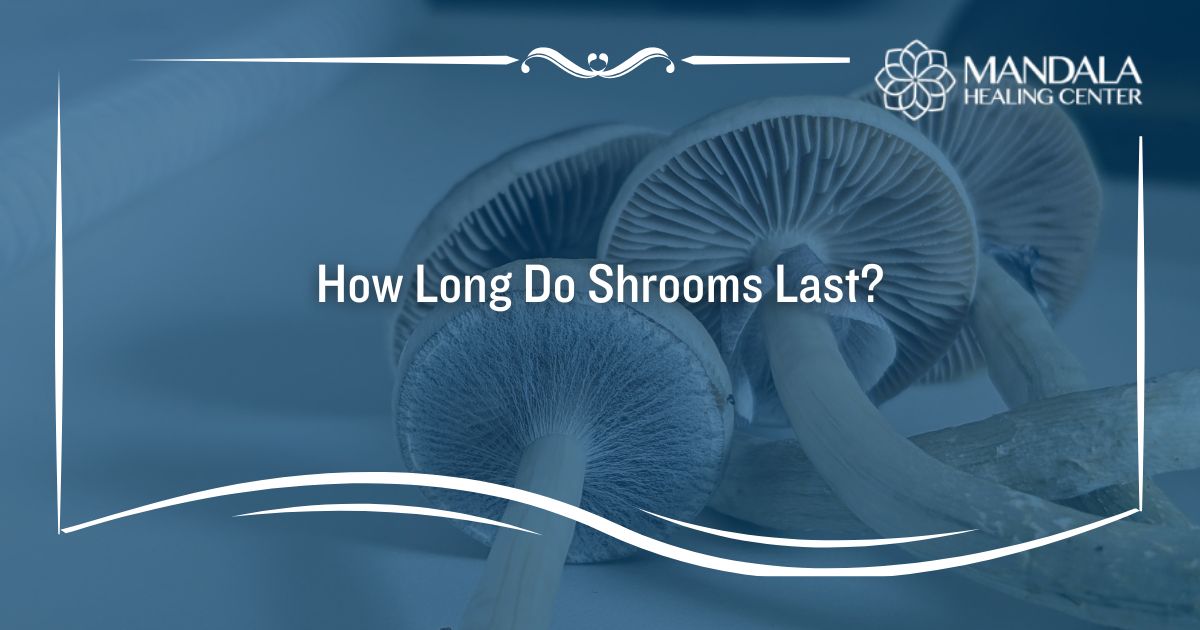Have you ever heard someone talking about doing “Tina”? If so, they were probably talking about crystal meth. “Tina” is a slang term for meth bought on the street.
Crystal meth is a central nervous system stimulant that causes side effects like feelings of euphoria, heightened energy, increased heart rate and blood pressure, and dilated pupils. It can also lead to a variety of long-term health risks like tooth decay (meth mouth), extreme weight loss, and an increased risk of heart attack.[1]
While the dangers of abusing crystal methamphetamine are widely known, people still abuse it. This is because crystal meth is highly addictive, causing people to continue using the drug despite the risks. If you or a loved one suffers from meth addiction, you should seek professional help from a drug addiction treatment center.
In this article, you will learn:
- What the drug “Tina” is
- What are the effects of meth
- What are the long-term risks of abusing Tina
- What are the signs of crystal meth addiction
What is Tina?
“Tina” is a slang term for illicit methamphetamine. While meth is available by prescription to treat attention deficit hyperactivity disorder (ADHD) under the brand name Desoxyn, people talking about Tina are not getting it legally. This means they are buying crystal meth off of the street.
Unfortunately, the illicit version of meth can contain a variety of dangerous additives and adulterants. Some of the substances found in street meth include:[2]
- Ephedrine or pseudoephedrine
- Red phosphorus
- Hydrochloric acid
- Anhydrous ammonia
- Drain cleaner
- Battery acid
- Lye
- Lantern fuel
- Antifreeze
Meth called Tina is not safe to consume. Whether you are smoking, snorting, swallowing, or injecting it, you will develop an addiction. After abusing it long-term, you will suffer from a variety of physical and mental health risks.
What are the Short-Term Effects of Crystal Meth?
Meth causes the processes in your brain to speed up. This is why it is considered a stimulant drug. While some people experience euphoria and elation when abusing meth, others deal with paranoia and anxiety.
The common effects of crystal meth include:[3]
- Increased energy
- A rush of euphoria
- Feelings of self-confidence and invincibility
- Dilated pupils
- Lessened need for food and sleep
- Fast or irregular heart rate
- Increased body temperature and sweating
- Shaking or tremors
- Chest pain and anxiety
- Paranoia and delusions
- Violent or aggressive behavior
- Grinding of the teeth and jaw clenching
- Picking at the skin
The effects of meth begin almost instantaneously, especially if you smoke, snort, or inject it. In addition, you can stay high after one dose of meth for up to 12 hours. This makes meth a dangerous drug to abuse.
What are the Long-Term Risks?
Meth is one of the most dangerous drugs to abuse because of the wide range of physical and mental health issues it can cause. First, when you abuse meth long-term, you will develop an addiction. This means you’ll experience withdrawal symptoms if you stop using it.
Other long-term risks of the drug include:[1]
- Permanent heart and brain damage
- High blood pressure leads to heart attacks, strokes, and death
- Liver, kidney, and lung damage
- Anxiety, confusion, and insomnia
- Substance-induced psychosis
- “Meth mites” or believing bugs are crawling under your skin and picking at them
- Severe dental decay that is often referred to as “meth mouth”
- Premature osteoporosis
- Significant weight loss and malnutrition
Because abusing meth is so hazardous, you should always seek help from a drug rehab center. These programs will provide you with services like medical detox, evidence-based therapies, and relapse prevention planning. As a result, you will be armed with the tools you need to achieve long-term recovery.
Signs of Tina Addiction
Oftentimes, it is difficult to spot the signs of addiction in yourself. This is why it is so important to be aware of the symptoms of meth addiction, which include.
- Being unable to control how much meth you use
- Wanting to quit or cut back on meth use but being unsuccessful
- Losing interest in previously enjoyed activities to have more time to use meth
- Failing to meet responsibilities at home, school, or work because of meth use
- Using meth even though it is causing social or relationship issues
- Using meth in risky situations, such as while driving
- Continuing to use meth despite facing physical or mental health issues
- Needing to increase your dose of meth to experience the desired effect
- Dealing with withdrawal symptoms when you stop using meth
If you suffer from these symptoms, you should seek professional meth addiction treatment. Attending an inpatient facility will provide you with the separation from outside triggers that you need to be successful.
Find Help for Meth Abuse and Addiction
If you or a loved one suffers from meth addiction, it’s time to seek professional help. At the Mandala Healing Center, we offer a combination of individualized and evidence-based treatments.
Contact us today to learn more about our meth addiction treatment program.
References:
- The Substance Abuse and Mental Health Services Administration (SAMHSA): Know the Risks of Meth
- Sacramento County: Meth Fact Sheet
- The National Library of Medicine (NLM): Methamphetamine


